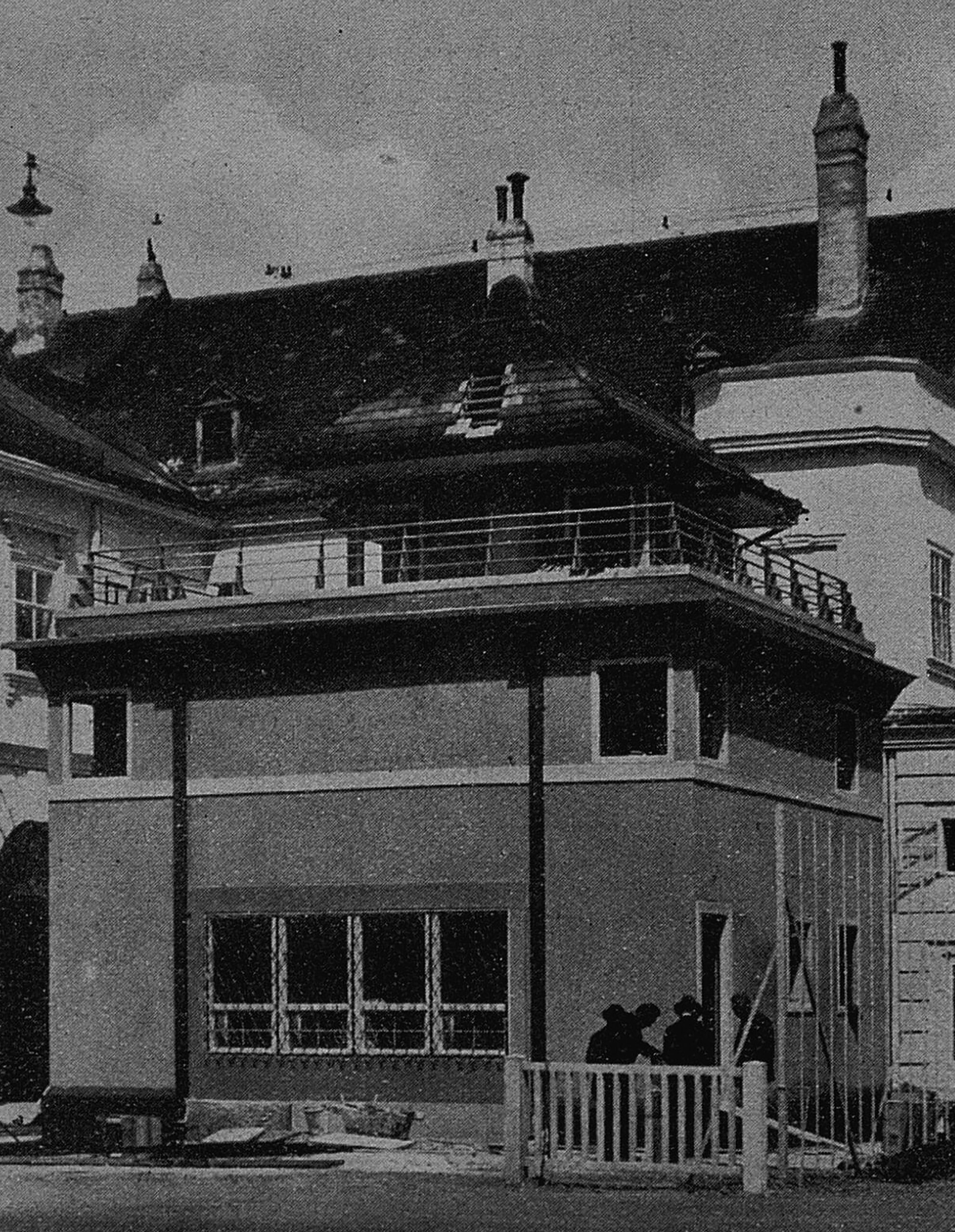Massive apartment construction in the form of prefabricated tower blocks was never a major part of the interests of architects in the studio SIAL (Sdružení inženýrů a architektů Liberce – Alliance of Engineers and Architects in Liberec). Indeed, quite the opposite: under the leadership of Karel Hubáček, these architects founded their independent atelier in the summer of 1968 in order (among other reasons) to avoid the snare of officially dictated standardised residential construction. Still, many architects who later joined SIAL did work on designs for apartment projects before the studio’s creation while employees of the Liberec state design studio Stavoprojekt, where apartment construction in fact was the main design task. The present text intends to recall primarily the experimental projects of two authors later associated with SIAL – the apartment complexes of the relatively unknown and prematurely deceased architect Jaromír Vacek (1925 – 1968), a member of Hubáček’s working group S12, and the experimental residential complex in Teplice, formulated by the group of younger architects headed by Miroslav Masák (b. 1932) from what was then Ateliér 9 of Stavoprojekt Liberec. During the 1960s, apartment construction in Czechoslovakia had made considerable progress away from the concepts of Socialist Realist architecture of the previous decade. The first signs of change could be noticed as early as 1954 in the USSR, when the First Secretary of the CCCP, Nikita Khrushchev, in a famous speech at the conference of Soviet construction engineers unequivocally rejected the architecture of Socialist Realism with its excessive “ornamentation” and “gigantic superfluities”. As the priority for further development, Khrushchev stressed methods of industrialised construction, allowing for a high level of standardised and mass-produced building, especially for mass residential construction. For this purpose, he directly ordered the implementation and expansion of assembled reinforced-concrete construction. In Czechoslovakia, a growing interest in the newly “discovered” technology of prefabricated concrete panels was expressed towards the end of the 1950s among architects from a variety of state design institutes….

This work is licensed under a Creative Commons Attribution 4.0 International License







